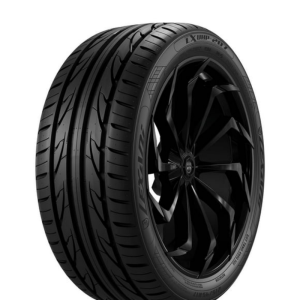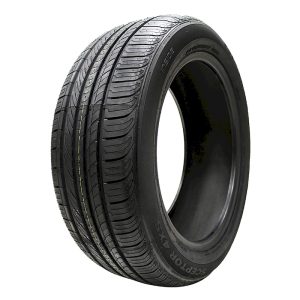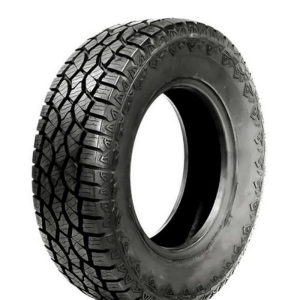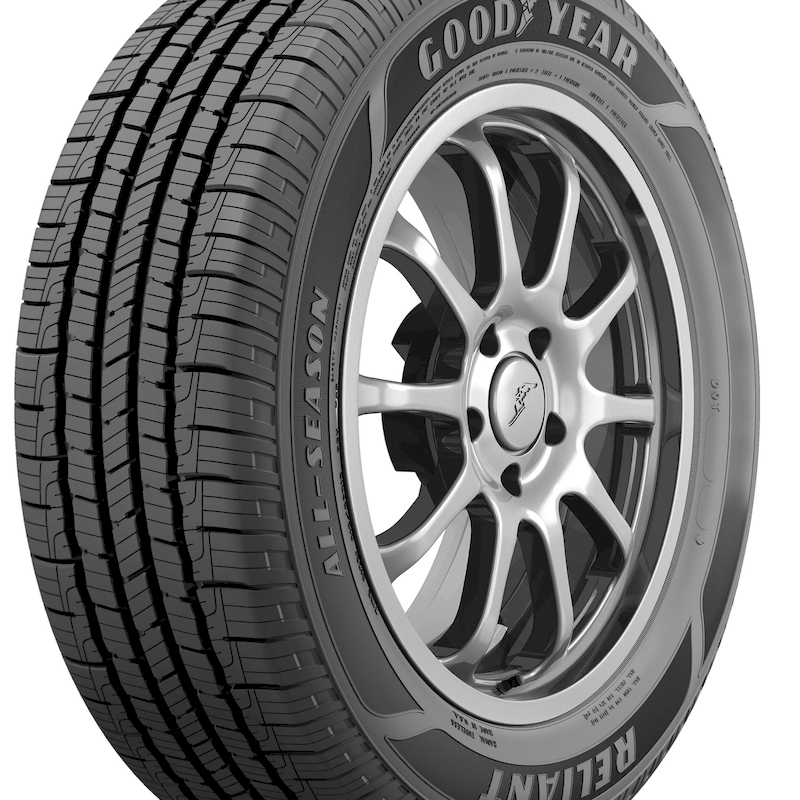
When shopping for new tires or replacing old ones, a common acronym you might encounter is UTQG. But what is UTQG on tires, and why is it so important? UTQG stands for Uniform Tire Quality Grading, a system created by the National Highway Traffic Safety Administration (NHTSA) in the United States. This grading system provides crucial information about a tire’s quality in three key performance areas: treadwear, traction, and temperature resistance. Understanding what UTQG means is essential for any vehicle owner, as it allows you to make informed choices that can affect your safety, vehicle performance, and even fuel economy.
In this comprehensive article, we will delve deep into what UTQG entails, explain how it relates to tire selection, explore each component of the grading system, and provide helpful tips for choosing the right tires for your vehicle. By the end, you will gain valuable insights into the significance of UTQG ratings and how they can enhance your driving experience.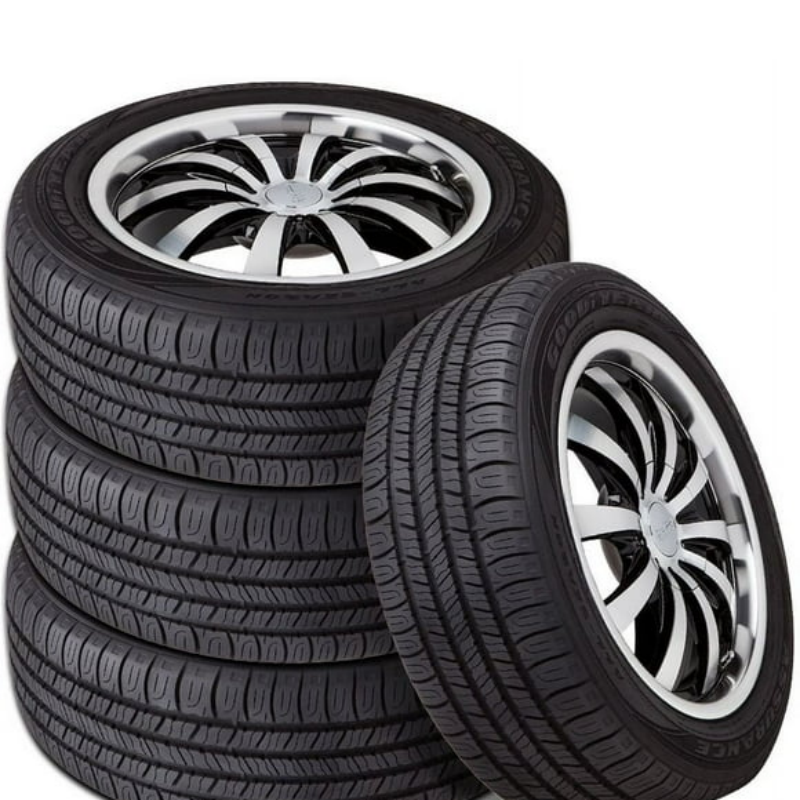
The Basics of UTQG
The Uniform Tire Quality Grading system serves as a standardized method for rating tires. This grading system is designed to help consumers make informed decisions when purchasing tires by providing essential performance-related information.
History of UTQG
- Introduction of the System: The UTQG system was first introduced in 1975 by the NHTSA in response to the rising need for better tire quality standards. The initiative aimed to create more transparency and improve consumer safety.
- Purpose and Goals: The goal of UTQG is to simplify the process of understanding tire performance by equipping consumers with clear data that can help them evaluate their options effectively.
Key Components of UTQG
The UTQG system consists of three primary ratings that focus on different aspects of tire performance:
- Treadwear: This rating assesses how quickly a tire wears out compared to a controlled reference tire, providing a numerical score indicative of longevity.
- Traction: The traction grade evaluates a tire’s ability to grip the road, particularly on wet surfaces. It reflects safety and performance under various driving conditions.
- Temperature Resistance: This rating illustrates how well a tire can dissipate heat, which is vital for overall tire safety and performance.
By understanding these components, consumers can make better-informed decisions regarding tire purchases, enhancing their vehicle’s safety and performance.
Breaking Down Treadwear Ratings
Treadwear ratings are an integral part of the UTQG system, providing insights into how long a tire is expected to last under various conditions.
What Is Treadwear?
- Definition: Treadwear refers to the rate at which the tire’s tread wears down as it is used. It is a crucial indicator of a tire’s durability.
- Numerical Scale: The treadwear rating is expressed as a numerical value. The higher the number, the longer the tread is expected to last compared to a reference tire rated at 100. For example, a tire rated at 400 is predicted to last four times longer than that reference tire.
Understanding the Ratings
- Comparison with Reference Tire: The UTQG system uses a specific test tire (usually a controlled tire developed by the Tire Industry Association) as the baseline for treadwear ratings. Each tire sold under the UTQG system is compared against this tire during testing.
- Factors Influencing Treadwear: It’s important to note that several factors can influence the actual lifespan of a tire beyond the treadwear rating, including driving habits, road conditions, and weather variations.
Real-World Application
- Driving Conditions: A tire with a high treadwear rating might perform exceptionally well in a controlled test but may experience different wear under various driving conditions.
- Maintenance Considerations: Regular tire maintenance, including rotations, alignments, and proper inflation, can significantly impact a tire’s actual tread life, regardless of its rating.

Choosing Tires Based on Treadwear
- Suits Your Driving Needs: If you primarily drive on highways and enjoy a life with minimal wear and tear, opting for tires with higher treadwear ratings may give you peace of mind.
- Balance Performance with Longevity: While it may be tempting to choose tires solely based on a high treadwear rating, consider balancing it with other ratings to ensure that performance and safety are not compromised.
Diving into Traction Ratings
The traction rating part of the UTQG system provides insight into how well a tire grips the road in wet conditions, essential for safe driving.
What Is Traction?
- Definition: Traction refers to a tire’s grip on the road, primarily focused on wet surface conditions. Higher traction means better control during adverse conditions, which is crucial for safety.
- Letter Grades: Traction is graded on a scale from AA (the highest level of traction) to C (the lowest level). AA-rated tires offer outstanding performance in wet conditions, while C-rated tires may provide less grip.
Traction Testing Procedures
- Testing Conditions: The traction rating is determined through testing on wet surfaces. Tires are subjected to controlled conditions to evaluate their responsiveness and grip.
- Comparison to Reference Standards: Similar to treadwear, traction is calculated relative to a standard reference tire, ensuring that tire manufacturers follow consistent testing methods.
Impact of Road Conditions
- Wet Surfaces: Tires with higher traction ratings perform significantly better on wet roads, reducing the risk of hydroplaning and providing shorter stopping distances.
- Dry and Mixed Conditions: While wet traction is essential, many tires balance their designs to ensure solid performance on dry and mixed surfaces, contributing to overall versatility.
Importance of Traction Ratings
- Safety Considerations: Selecting tires with appropriate traction ratings according to your local climate and driving habits can make a resounding difference in handling and safety, especially within wet regions or during winter.
- Driver Confidence: Higher traction ratings can bolster driver confidence by promoting better grip and control, allowing for a more enjoyable and safe driving experience.
Temperature Resistance Ratings: All About Heat Management
The temperature resistance rating of a tire provides crucial information about how tires perform under high heat levels, an essential factor for optimal tire safety.
What Is Temperature Resistance?
- Definition: Temperature resistance evaluates how well a tire can dissipate heat generated during normal use. It is crucial because excessive heat can lead to tire failure and blowouts.
- Letter Grades: Temperature resistance is rated from A (the highest rating) to C (the lowest). An “A” rating means the tire has excellent heat dissipation properties.
Heat Generation Factors
- Driving Speed and Load: The faster you drive and the heavier the load you carry, the more heat your tires generate. Choosing tires with higher temperature ratings is vital if you frequently drive in such conditions.
- Environmental Factors: Hot climates can exacerbate heat-related tire issues, making temperature resistance ratings even more critical for safety and performance.
Implications of Temperature Ratings
- Safety and Performance: Tires with higher temperature resistance ratings typically perform safely in conditions causing heat buildup. This can prevent premature degradation and extend tire life.
- Enhanced Longevity: Understanding how a tire manages heat can help in selecting appropriate tires for the kind of driving habits you maintain. Tires with better temperature ratings may last longer and provide optimal performance.
Selecting Tires Based on Temperature Ratings
- Driving Habits: If you’re an aggressive driver who frequently accelerates and brakes hard, look for tires with higher temperature resistance to handle the added stress.
- Environmental Considerations: If you live in hotter regions or frequently encounter adverse weather, prioritize tires with robust temperature ratings to ensure they can handle the conditions.
The Importance of Regular Maintenance
Understanding what is UTQG on tires is only part of the equation. Regular tire maintenance is essential for optimizing performance and extending their lifespan.
Tire Pressure Monitoring
- Maintain Correct Pressure: Keeping tires inflated to the manufacturer’s recommended pressure is essential for performance and safety. Under-inflation can lead to poor handling and increased wear, while over-inflation can make tires more susceptible to damage.
- How to Check: Use a pressure gauge regularly to ensure tires are within the recommended range, especially before long trips.
Regular Rotations and Alignments
- Rotating Tires: Tire rotations help ensure even wear across all tires. Experts recommend rotating tires every 5,000 to 7,500 miles or per your vehicle’s owner’s manual.
- Alignment Checks: Proper wheel alignment prevents uneven tire wear and improves performance. If you notice your vehicle pulling to one side or if you regularly hit potholes, consider having your alignment checked.
Tire Balance
- Importance of Balancing: Unbalanced tires can lead to vibrations at certain speeds, resulting in uneven wear. Balancing ensures that the weight of the tire and wheel is evenly distributed around the axle.
- Balancing Frequency: Tire balancing is typically recommended when you install new tires or rotate them, or if you feel any vibrations while driving.
Understanding Wear Patterns
- Visual Inspections: Regularly inspecting the tires for unusual wear patterns can signal alignment or inflation issues. Look for bald spots, cupping, or flaking as indicators that something may be wrong.
- Taking Action: When you notice irregularities, take proactive steps to address the cause. This might involve seeing a mechanic for alignment or an inspection.
Environmental Factors Impacting Tire Longevity
In addition to driving habits and maintenance, environmental conditions play a significant role in the lifespan of tires. Here are some environmental factors to consider.
Climate Conditions
- Temperature Effects: Intense heat can damage rubber compounds and lead to premature wear. Conversely, excessively cold weather can also sap rubber’s flexibility, leading to cracks.
- Seasonal Changes: Tires can drastically wear down differently depending on your region’s seasonal changes, accentuating the need to switch between summer and winter tires as needed.
Road Conditions
- Surface Quality: Poor road quality, gravel paths, and potholes can create stress on tires. The risk of blown tires and uneven wear is heightened on rough terrain.
- Traffic Conditions: Frequent stop-and-go traffic can cause tires to heat up more quickly, leading to accelerated wear.
Exposure to Elements
- UV Exposure: Long-term exposure to sunlight can break down rubber compounds. Consider parking in the shade or using tire covers to protect your tires from UV damage.
- Chemical Damage: Environmental elements such as oil spills, road salt, or chemical runoff can harm tire rubber. Take care to clean tires regularly, particularly after driving in adverse weather conditions.
Choosing the Right Tires for Your Vehicle
Understanding how do driving conditions impact tire longevity aids in making informed decisions about your tire purchases. Here are some considerations to help you choose the right tires for your vehicle:
Assessing Driving Needs
- Driving Environment: Consider the typical conditions in which you will be driving. For example, if you often drive in wet or snowy conditions, winter tires with higher traction ratings will enhance safety and performance.
- Usage Patterns: Evaluate how often you will be using your tires and for what purpose. Tires designed for long-distance travel may differ significantly from those intended for off-road adventures.
Selecting the Appropriate UTQG Ratings
- Treadwear for Longevity: Aim for tires with good treadwear ratings suited to your driving habits. If you plan on using them for a long time, a higher rating can be beneficial.
- Traction for Safety: Choose tires with appropriate traction ratings based on the climate where you live. If you’re in a rainy area, consider tires rated for excellent wet traction.
- Temperature Resistance: Look for temperature ratings suitable for the climates in which you drive. Drivers in warmer climates should opt for tires with better heat dissipation properties.
Researching Tire Brands
- Reputable Brands: Some manufacturers are known for producing high-quality tires backed by solid warranties. Brands like Michelin, Bridgestone, and Goodyear have established themselves as industry leaders.
- Exploring Reviews: Investigate customer feedback and independent tire tests. Reviews can provide insight about real-world performance and longevity, helping you make an informed choice.
Budget Considerations
- Cost vs. Quality: While it might be tempting to go for the cheapest options, investing in quality tires is worth it for safety and longevity.
- Seasonal vs. All-Season Tires: While all-season tires may offer value for drivers seeking versatility, consider investing in dedicated seasonal tires if you frequently experience extreme weather conditions.
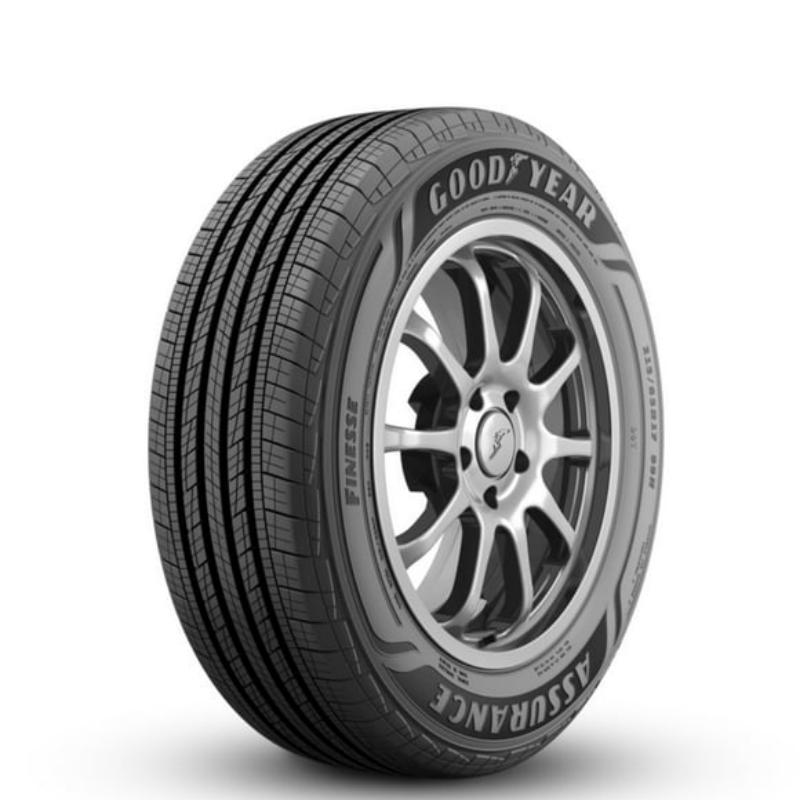
Conclusion
Understanding how do driving conditions impact tire longevity is crucial for ensuring safety, performance, and cost-effectiveness throughout tire usage. The various elements at play—from tire materials and design to driving styles, environmental factors, and regular maintenance practices—contribute significantly to tire wear and lifespan.
By leveraging the insight and guidance provided in this article, you will be better equipped to select the appropriate tires for your vehicle based on your unique driving needs and conditions. Remember, regular maintenance, including monitoring tire pressure, rotations, and visual inspections, can significantly extend the life of your tires.
Moreover, being aware of seasonal and environmental changes encourages you to make timely adjustments, ensuring maximum performance and safety during your daily travels. Always keep in mind that tires are an investment in your vehicle’s overall safety and efficiency. Therefore, investing time and effort to understand how to care for them and fostering good driving habits will pay significant dividends down the road.
In essence, make informed choices and embrace proactive tire care practices to promote longevity while enjoying a safer, smoother driving experience.
